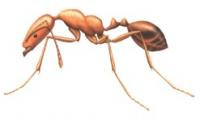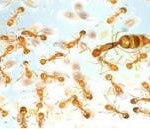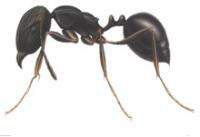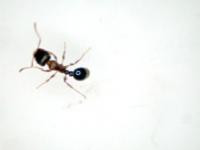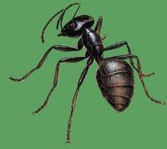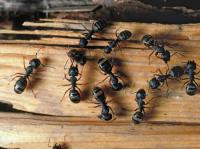Carpenter Ants
Carpenter ants are the largest of all ant species, ranging from 1/8 to ½ inch long, with slightly larger sized queens. Carpenter ants are typically black in color, but some species can be found in red and black, solid red, or brown.
Order/Family
Hymenoptera
Scientific Name
Camponotus spp.
Biology
Adult winged females lose their wings soon after mating, and all worker carpenter ants are wingless. Mature colonies range in size from several thousand workers, up to 10,000 – 15,000. Black carpenter ants complete their life cycle in roughly 60 days.
Behavior
Carpenter ants are social insects that are usually discovered nesting in wood. Carpenter ants do not eat wood, but do excavate galleries for their nesting areas. Carpenter ants actively feed at night and the early morning hours, preferring to feed on sugar solutions.

